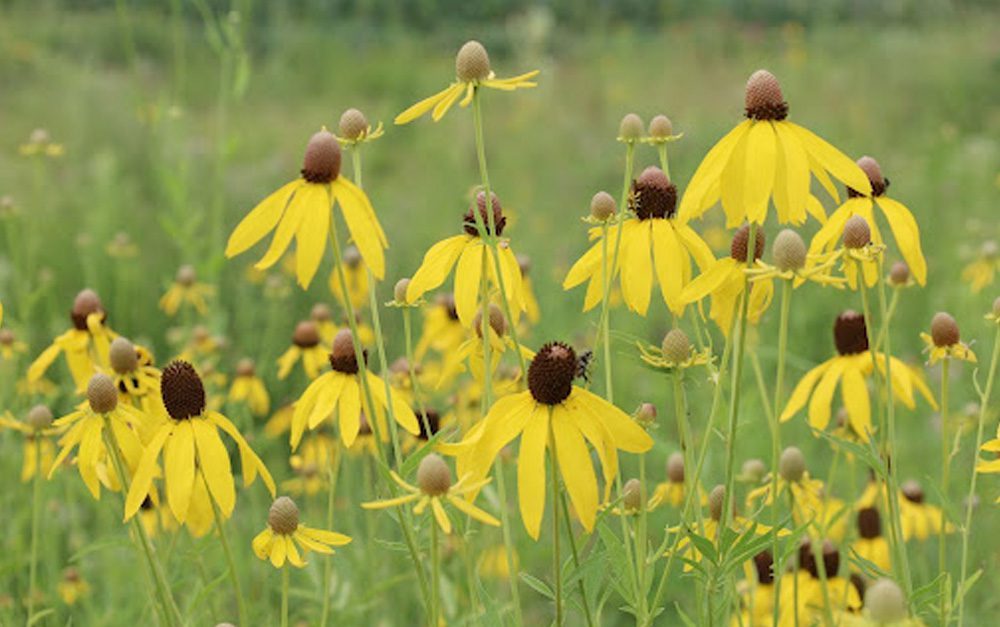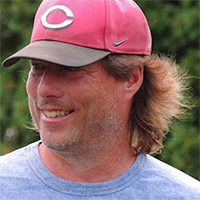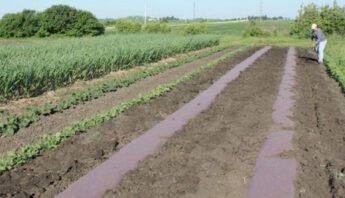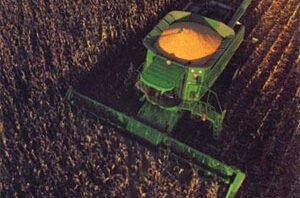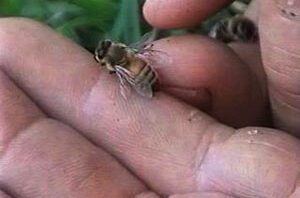The Yellow Coneflower and the Monarda are just entering peak bloom in two small fields that are within a couple of miles of our farm. Each of these plantings are new within the last few years, and were funded by the Federal Pollinator Habitat Initiative (CP-42) under the Conservation Reserve Program (CRP). Along with the Conservation Stewardship Program (CSP), these are initiatives that are part of the Farm Bill of which I have seen positive results.
While it is important to recognize that these programs are, in my opinion, not enough to address a whole host of problems that come with large-scale, chemical-intensive cropping systems, they do illustrate for us the potential we have to be better stewards of and partners with our land.
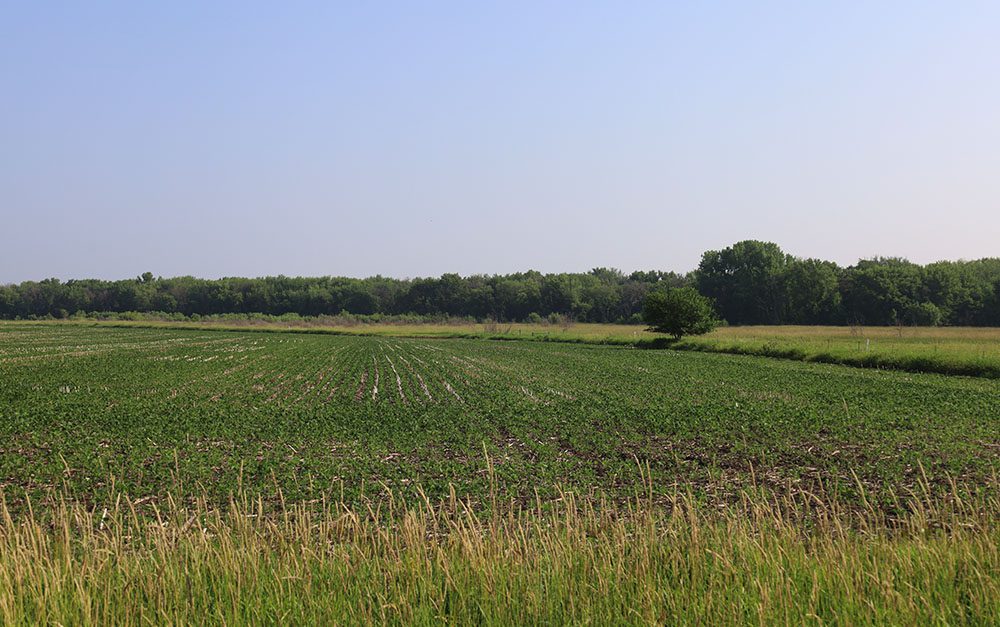
Giving water a place to be
During the first seven years we lived at the farm, we observed the frequent occurrence of flooding in a field a few miles away and adjacent to the Wapsipinicon River. Each year, the land was planted with corn or soybeans. And, most years, a flood would damage the crop and wash valuable topsoil away.
Thankfully, the landowner eventually accepted federal assistance to take that land out of production and put it into perennial plant cover. While they still plant the higher ground in corn and soybeans, the low ground is now built to handle the ebb and flow of a river that is being asked to deal with more frequent heavy run-off as extreme rain events have become more common in this part of the world due to climate change.
This also means there is more space for Red-winged Blackbirds to nest and Dickcissels to sing. Wildlife has a bit more of a corridor to travel as they seek food and fresh water. And our eyes are given the opportunity to see something other than another corn or soybean field in Iowa.
That, in itself, is good for my soul.
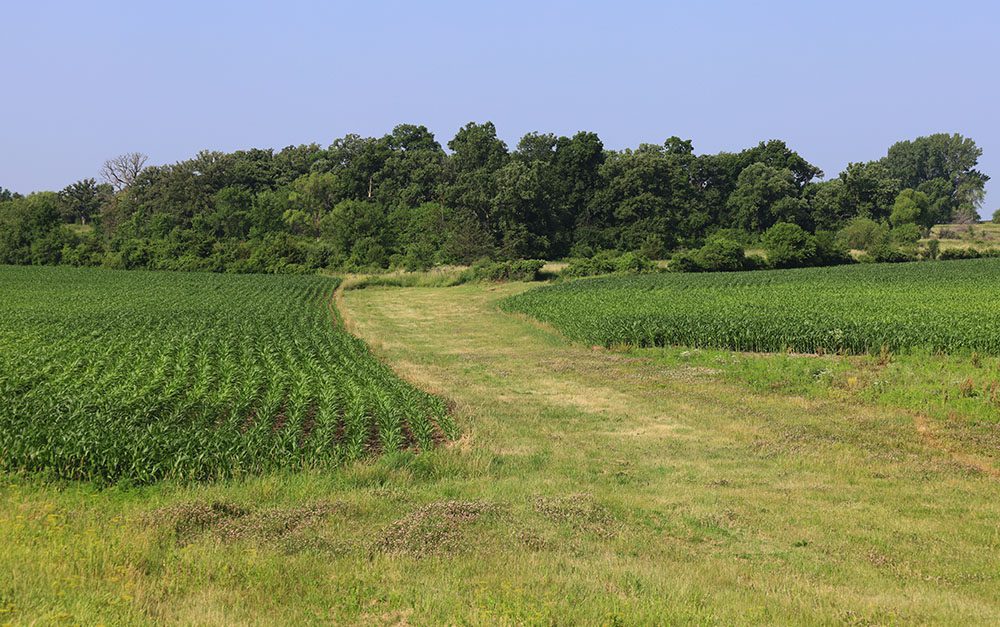
Letting water move without taking soil with it
Some row crop farmers also take advantage of federal funds that are part of the Farm Bill to seed down parts of their fields with perennial cover crops where water run-off typically goes. In Iowa, they often select grasses that they can cut, bale, and use for animal bedding or feed during the winter months.
Sometimes these waterways are fairly generous, like the one shown above. But there are still many fields where no effort is made to identify where water runs. These fields often show deep runnels where soil has washed away during the spring rains before the annual crop has had a chance to establish significant roots in the ground.
Funding for programs like these help farmers do things that are better for the land. This is especially true when we consider those who work on smaller family farms, where the budget for these sorts of projects is often tight. My observation for where I live is that these farms are typically more likely to seek out and follow through with these projects, while the larger, corporate farms are happy to seek out the funds, but not as happy to take any land out of production.
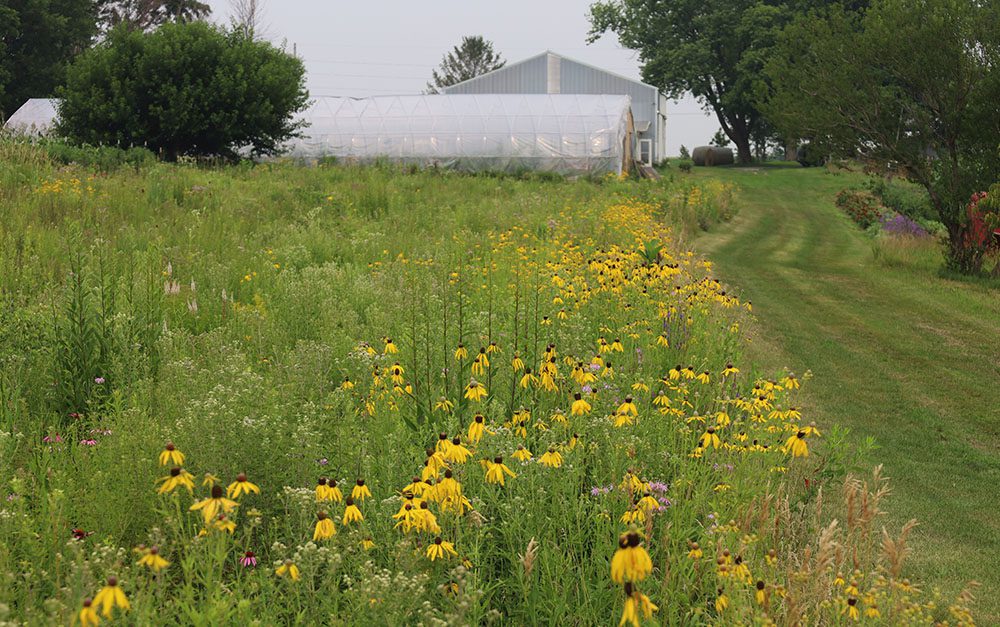
Impacts go beyond a single field
While it is true that there are farmers who would act on their heart’s calling to be a steward of the land without external support, it is also true that this support makes it easier to do just that. And, we need to remember that the success of one field of pollinator habitat, or a wetland area, or even a single in-field waterway, has impact beyond the borders of the land where the project has been undertaken.
We have noticed that a few wildflowers have moved into the ditches by the road between our farm and the nearest pollinator planting. We have also noticed the diversity in the populations of pollinators on our farm have improved slightly. While we are still concerned about the overall health of these populations due to the extreme use of pesticides in our area, we also see the power of nature, as it shows us it is still interested in sharing the beauty of the world around us.
The projects that are undertaken to handle the flow of rainwater also have impacts beyond the borders of the fields where they reside. A well-placed waterway planting can keep more soil on the land and less in our rivers and the Gulf of Mexico. A wetland near the Wapsipinicon River not far from our farm can absorb and slow the flow of floodwaters before they reach communities downstream, possibly making a difference in many lives.
Maybe these programs aren’t the perfect solution, but they can be a part of moving towards better solutions. I want to make sure we don’t walk backwards and take even these pieces of progress away in future versions of the Farm Bill – because look at the positive results that even smaller efforts can provide.



